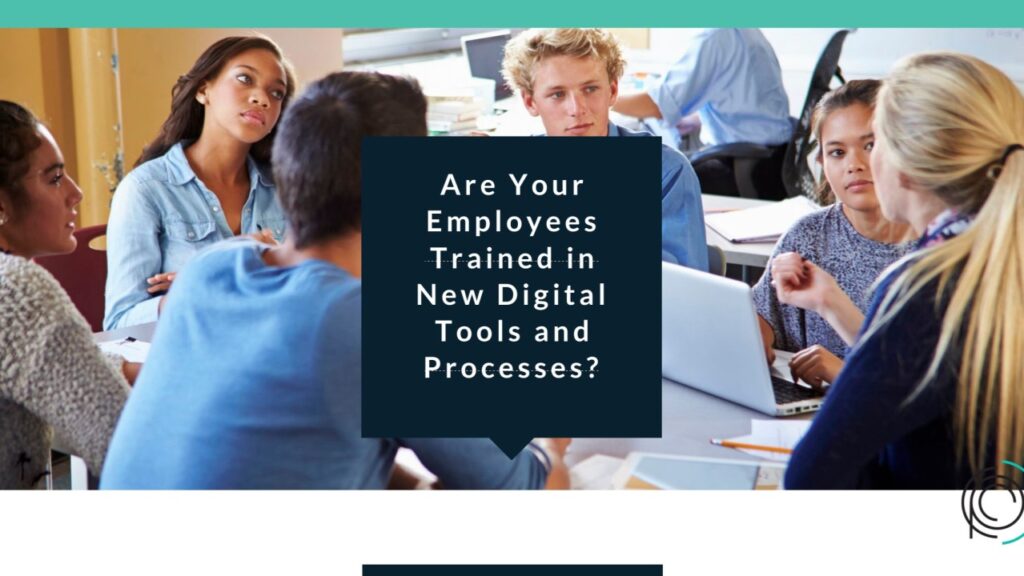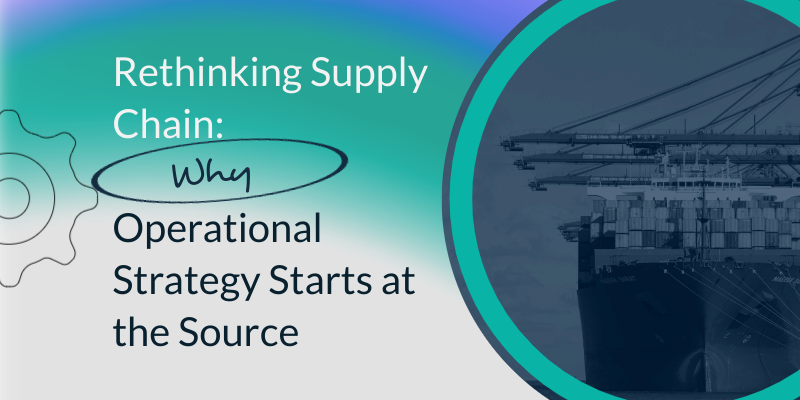In today’s hyper-connected world, digital transformation is not just a buzzword; it’s a necessity. For middle-market to enterprise business leaders, one of the most critical components of this transformation is ensuring that employees are well-trained in new digital tools and processes. However, before embarking on this digital transformation initiative, it’s crucial to understand the processes your team currently follows. This foundational understanding can be invaluable as you move forward.
Understanding Current Processes
The Importance of a Baseline
Before adopting new digital tools, it’s vital to have a clear picture of your existing workflows. This baseline understanding offers several benefits:
- Identifies Inefficiencies: Spot areas where current processes may be slowing down productivity or leading to errors.
- Highlights Strengths: Identify what works well, providing insights into what should be preserved or enhanced with new digital tools.
- Facilitates Employee Buy-in: Employees are more likely to adopt new tools if they feel their current methods and expertise are acknowledged and understood.
Case Study Example
Consider the example of a multinational logistics company that wanted to implement an advanced AI-driven supply chain management system. Before the rollout, the company conducted an extensive review of its existing processes, identifying key pain points and areas for improvement. This assessment enabled them to tailor the new system’s features to address specific inefficiencies while preserving effective practices. The result? A smoother transition and rapid employee adoption.
Training for Success
Tailored Training Programs
Once you’ve established a baseline, the next step is to develop a training program tailored to your team’s needs. A one-size-fits-all approach rarely works in large organizations. Instead, consider the following strategies:
- Role-Specific Training: Create modules tailored to different roles within the organization. For instance, the training needs of a marketing executive will differ significantly from those of a supply chain manager.
- Hands-on Learning: Encourage experiential learning through simulations and real-world scenarios. This method helps employees apply new tools directly to their workflows.
- Continuous Learning: Digital transformation is an ongoing process. Offer continuous learning opportunities to help employees stay updated on the latest tools and best practices.
Metrics and Feedback
Effective training programs rely on metrics and feedback to gauge success and areas for improvement. Use key performance indicators (KPIs) such as:
- Adoption Rates: Track how quickly employees begin using new tools regularly.
- Productivity Metrics: Measure changes in productivity and efficiency pre- and post-training.
- Employee Feedback: Regularly solicit feedback to understand what’s working and what needs adjustment.
The Role of Leadership
Driving Engagement through Leadership
Leadership plays a pivotal role in the successful adoption of new digital tools. Here’s how:
- Lead by Example: Senior leaders should actively use and advocate for the new tools, setting a positive example for the rest of the organization.
- Communicate the Vision: Clearly articulate the benefits of the digital transformation initiative, linking it to the overall vision and goals of the company.
- Support and Resources: Ensure that employees have the necessary support and resources to succeed, including access to training materials, tech support, and time for learning.
Real-World Example
A Fortune 100 financial services firm sought to implement a new customer relationship management (CRM) platform. The C-suite leaders, including the CEO and SVPs, were early adopters of the platform, frequently demonstrating its capabilities in meetings and communications. They also held regular town hall sessions to discuss progress and address concerns. This leadership visibility and engagement led to high adoption rates and a significant increase in customer satisfaction scores within the first year.
Conclusion
Digital transformation is a complex but essential process for modern enterprises. By first understanding your current workflows and then implementing tailored training programs, you can ensure a smoother transition to new digital tools and processes. Leadership engagement is crucial, setting the tone for successful adoption and long-term success.
Is your organization ready to take the next step in its digital transformation journey? Start by evaluating your current processes and developing a robust training program to empower your employees. Only then can you fully leverage the power of new digital tools to drive efficiency, innovation, and competitive advantage.
For more insights on digital transformation and tailored training programs book a no-obligation consultation today.







